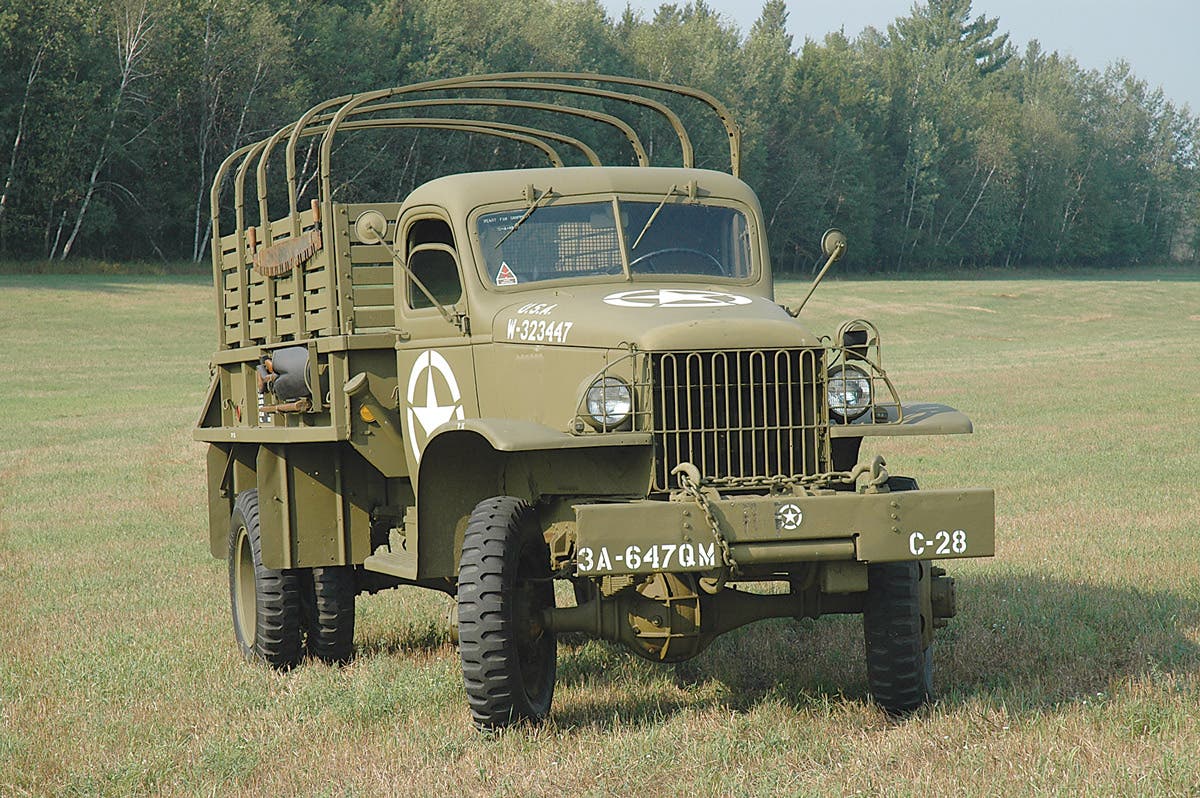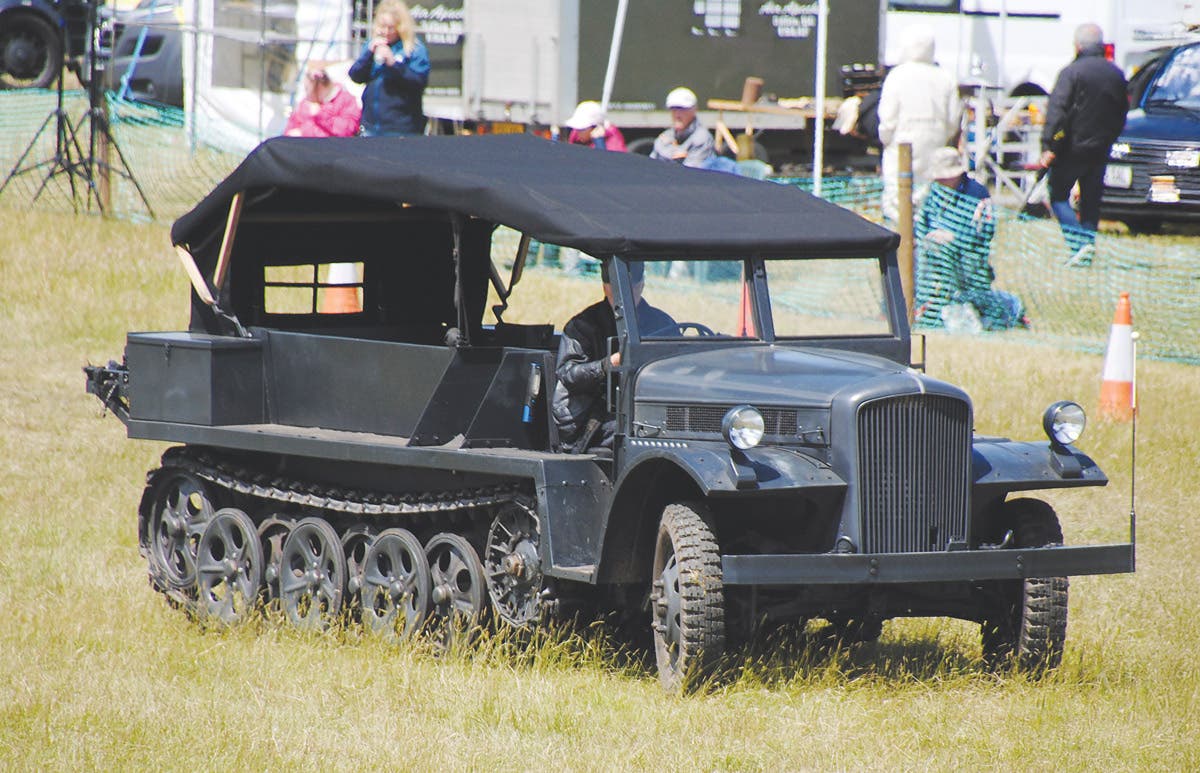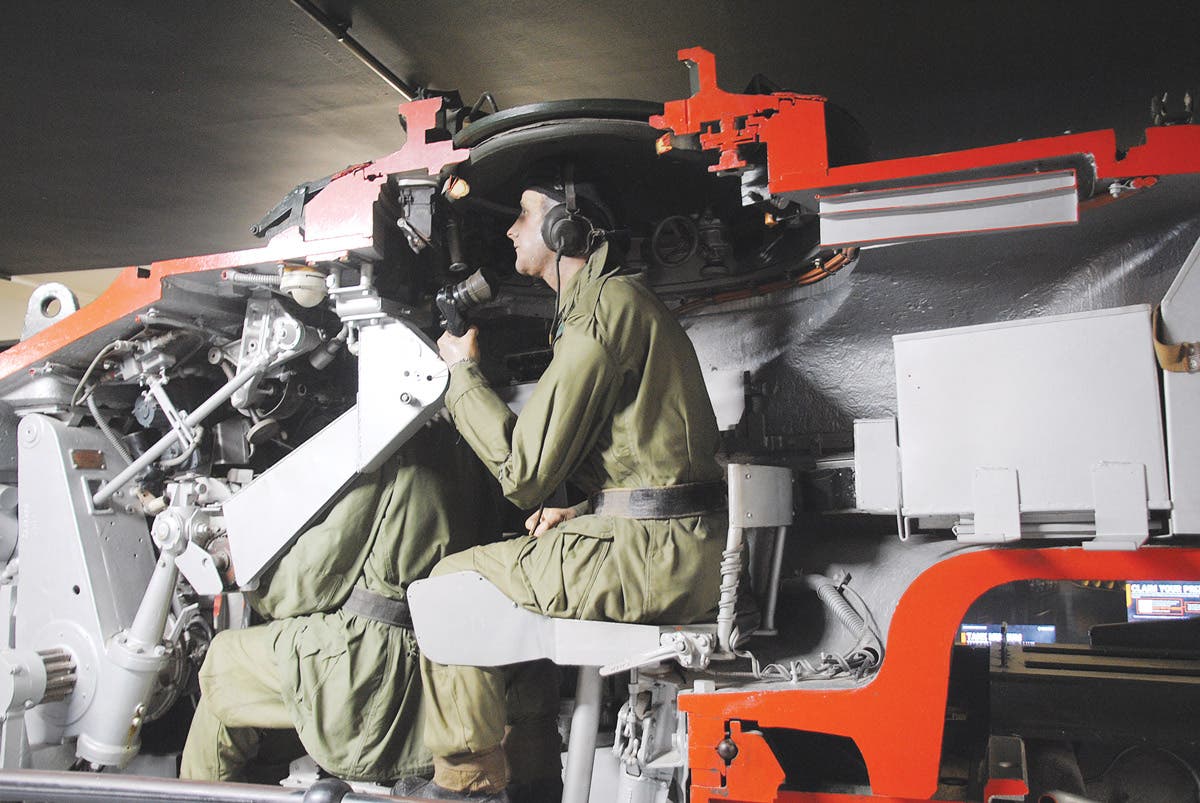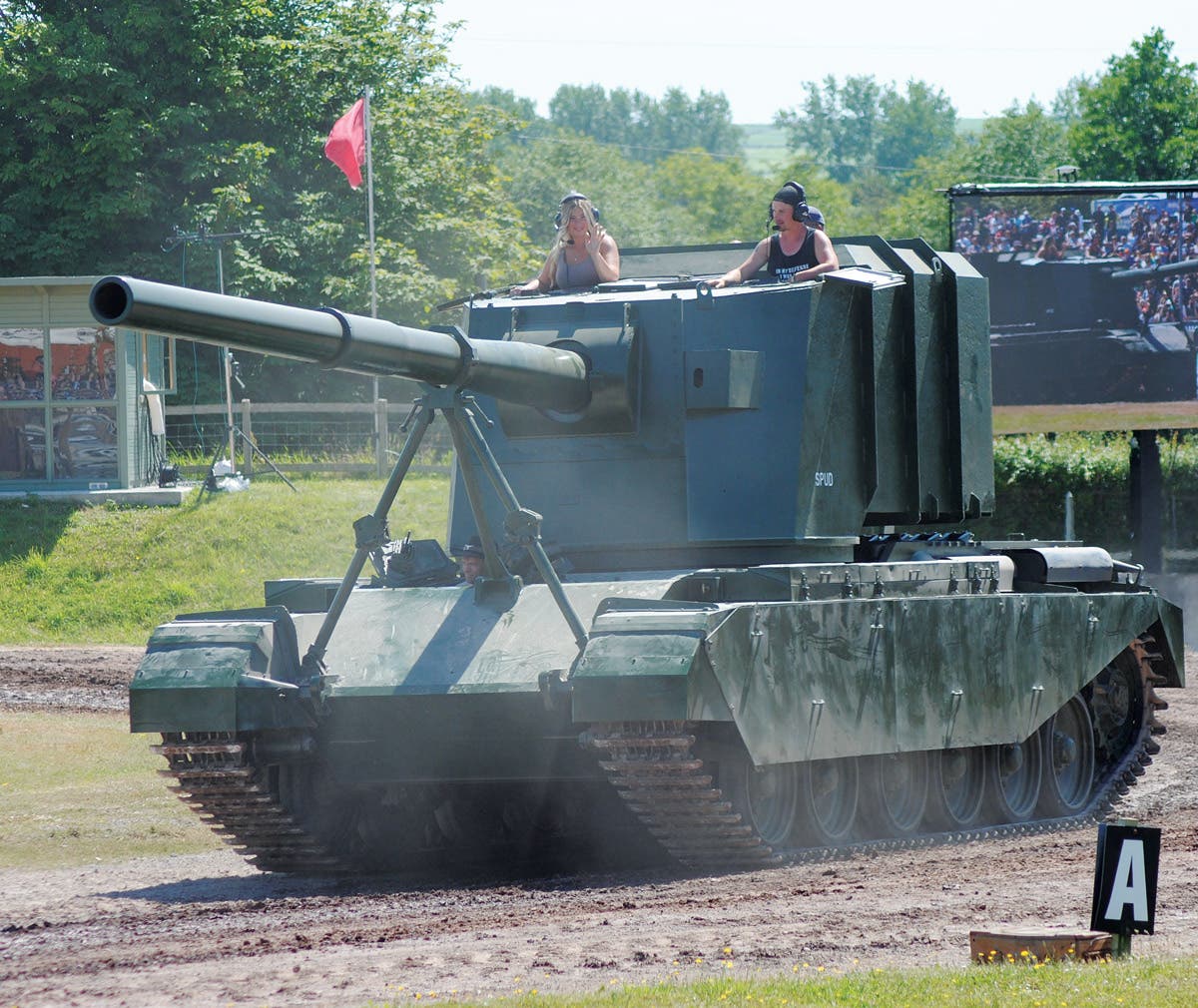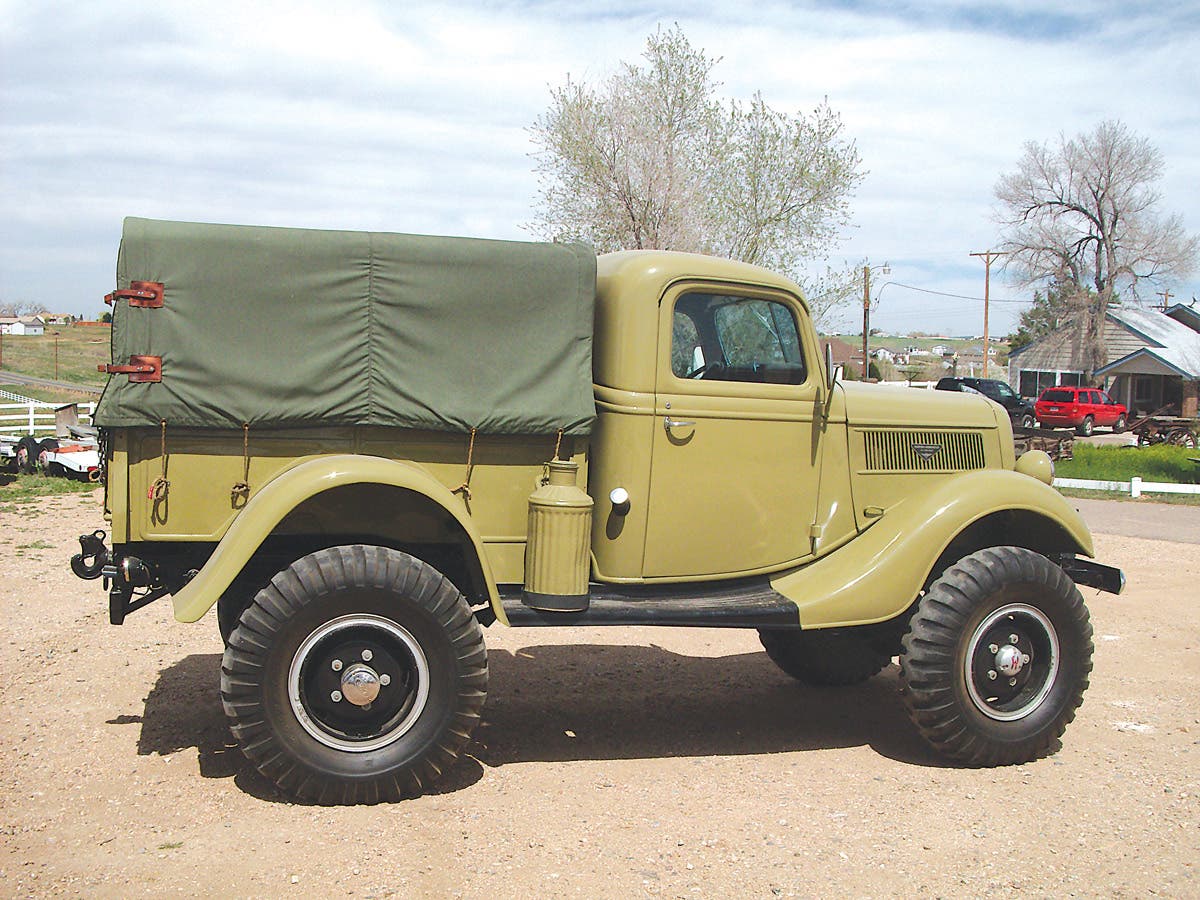The one that got away: The Vickers 6-ton tank
The Vickers 6 -Ton Tank never got rolling, despite its potential
Throughout the 1920s and 1930s, many designs for armored vehicles were produced. Most were in response to official military requirements, but a few were private ventures. Of these, some were adopted and sold while many appeared briefly then faded from the scene.
Vickers-Armstrong Ltd. was a well-established British armaments company at the time. Indeed, many of the vehicles bought by the British Army in the inter-war period were designed and built by them. In addition to these, several vehicles were designed for sales abroad. One of their more successful designs was the 6 Ton Tank Mark E, which was available for sale starting in 1928.
The Vickers 6 Ton was fitted with two small turrets mounting machine guns. Vickers’ own contemporary sales literature describes the suspension as being of a patented type consisting of two sets of double bogies on each side. These were pivoted on axles passing through the hull and fitted with leaf springs supporting two sets of two small, rubber covered road wheels per unit. The short-pitch 10.25-ich-wide manganese steel track was also covered by a Vickers patent.
The hull was constructed using an angle iron frame with the bullet-proof plates riveted to it. Armor thickness varied from up to 13mm or even 17mm as required, to 5mm in less vulnerable areas. The general layout was conventional. The engine was at the rear separated from the fighting chamber by a bulkhead. Power from the four-cylinder Armstrong Siddeley gasoline engine passed through the fighting compartment to the final drive unit in the nose of the vehicle. According to Vickers, this balanced the vehicle, keeping the centrally mounted turret as level as possible during cross country movement.
The driver sat at the right front of the fighting compartment. He had good forward vision and access through large flaps in front of him with a toughened glass vision block for use when closed down. He steered the tank with the usual two levers.
The remainder of the raised center fighting area was occupied by the two other crew members. Each had his own turret that rotated independently. Although both had all-round traverse, they got in the others’ way, allowing only 240-degree rotation. Early descriptions of this tank suggest that fitting two machine guns per turret was an option, although photos and later accounts show that only one was ever fitted. Operating two machine guns in a turret only 47 inches in diameter would have been challenging.
As the tank was intended for sale commercially, Vickers allowed variations in the final specification. For example, the type of machine gun carried would depend on the buyer’s own requirements. Vickers could supply vehicles with their own “Class C/T” gun, which was basically the standard Vickers water-cooled machine gun adapted for mounting in a tank, fit the same type as that already used by the purchaser, or deliver the tank unarmed for the buyer to mount their own weapons themselves after delivery.
Later, an improved version was designed and offered. The original became known as the Alternative A type. The new Alternative B version had a single turret with a larger 54-inch-diameter ring offset to the left-hand side of the hull. It mounted a 47mm cannon in what was called a “duplex mounting” with a machine gun. Interestingly, the purpose of the main gun was supposed to be for dealing with “hostile tanks, or other similar targets, requiring an armor-piercing or high-explosive shell for their destruction”. So the tank was envisioned as an anti-tank weapon in its own right.
Sales were fairly good in a time of limited defense budgets. Around 100 were sold in different-sized orders between 1930 and 1938, with variations in design features and weaponry, including radios in a large bulge on the back of the turret. In addition, the chassis was offered as a tractor for artillery pieces and also as a mounting for a self-propelled 40mm anti-aircraft gun for Siam (now Thailand) — an advanced idea in 1933!
Along with buying vehicles, both the Soviet and Polish governments took out production licences. The Soviets used the design to develop a series of “T-26” tanks with both twin and single turrets. The Polish Army also bought twin-turret types, although they it purchased additional single turrets before first improving the engine cooling and then using it as the basis for their own 7TP series vehicles. Both Soviet and Polish designs saw action during WWII.
However, the tank was not adopted by Britain. Some gun tractors based on the chassis were purchased, while a few 6-tonners were commandeered by the British government in 1940 and used for training in the U.K.
The American Connection
One tank was leased to the U.S. government for trials. In March 1931, the Vickers factory in Chertsey reported that a machine was ready to go to the U.S. A U.S. War Department report from April 25, 1931 stated that “in order to secure a test of a representative modern British military vehicle a contract had been negotiated with Vickers-Armstrongs, Ltd., for a 30-day test of Vickers-Armstrong 6-Ton Tank”. This tank arrived at Aberdeen Proving Ground by train in a crate at midday on June 8. Once there, it was subjected to various trials during which Captain Lloyd of the Carden Lloyd Company was present.
These trials included dynamometer tests to determine the maximum drawbar pull on concrete, firm ground and level cross-country courses, fording and a run of the test course at Snake Island, which was partly concrete and partly poor cross-country terrain. On the 24th it was driven to the British Embassy in Washington, and on the following day it went to the Munitions Building to be inspected by various government officials. It was then returned to the Embassy, where it was stored overnight before returning to the Proving Grounds on the 26th. On the the 27th a camera was fitted to one of the gun mountings to test the stability of the tank while firing on the move, which was done on the 29th and 30th. Following this it was used to tow an 8-inch Howitzer and a 155mm Gun. Tests were listed as completed on July 7, it was then crated up for return.
Over a period of 22 days the test tank had been driven almost 560 miles with few mechanical problems. The “First and Final Report on Vickers Armstrong Light Tank Mk E” dated July 16 described the tank and the trials. The tank’s durability and the “well balanced relationship of the weight and strength of all the units which make up the tank” were noted. However, it was thought that “the reserve power and speed were inadequate by approximately 25%”, although “In design, manufacture and assembly of the Vickers Armstrong Light Tank, there is every evidence that the greatest care and skill have been employed” and “that the Vickers Armstrong Light Tank, all in all, more nearly fulfils the requirements of an ideal type of a light fighting tank than any other tank that has been at the Proving Ground”.
There were also three recommendations: more should tanks be bought for further trials; manufacturing rights should be procured; and a Carden Loyd 1.5-ton tank should be obtained for similar trials. Another document dated August 11, 1931 from the Chief of Infantry exists “enumerating the desirable characteristics” of the tank, and recommending that two be procured for comparison with the T5 Medium Tank, while on September 9 it was recommended that five be purchased to use in a test comparison with a platoon of T3 Medium Tanks.
Still, things were not all good. To quote the report verbatim: “While the study of the test report by Aberdeen Proving Ground of the Vickers-Armstrongs Light Tank Mark E and the requests of the Chief of Infantry and the Chief of Cavalry that a number of these tanks be procured at once for tactical tests at Fort Benning and in the Mechanised Cavalry Regiment respectively, indicate that this tank is one of the best, if not the best, track-laying tank now known, the lack of available funds at this time or in the near future makes it impracticable to purchase five tanks for engineering studies by the Ordnance Department and a tactical test by the Infantry. The sub-committee recommends that negotiations for the procurement of Vickers-Armstrong Light Tank Mark E be discontinued until funds become available, unless in the meantime another tank be found more desirable.”
So, the tank was thought good and worthy of further purchase and no doubt development, but there were no funds available for the project.
All was not lost. The tank from the U.S. trials was returned the U.K. What happened to it there is unclear. It was probably reconditioned for further demonstrations and possibly even sold to another customer, but without knowing its serial number it’s fate is difficult to determine. Back in the U.S., the suspension principles were used in T1E4 light tank, rebuilt as the T1E6 light tank of 1932, giving it an appearance not unlike a single-turret 6-ton. Indeed, one of a 1931 series of photos appeared in the “T1E6 (Vickers-Armstrong Suspension)” file. The same suspension featured on the T2 light tank of 1934. However, tests showed that vertical volute suspension gave a better ride, and this was used on American light tanks until 1944.
The twin-turret concept also had its day. The T5 Combat Car and M2A1, M2A2 and M2A3 Light Tanks used them from 1935 to 1938, and these “Mae Wests” — named for reasons perhaps obvious at the time after the Hollywood star of that era — were used to train a generation of tankers. Later, a return was made to single turrets.
Oddly, the part played by the Mark E in later U.S. tank development is little recorded. Even R P Hunnicutt’s master work Stuart - A History of the American Light Tank hardly mentions the trials, although he records the use of the suspension on the T1 series vehicles.
Thanks and acknowledgements go to David Fletcher, Phil Dyer and Adam Giebel for help at various times exchanging information and seeking out material. Also to staff at the US National Archives for supplying photocopies of the original report and those at King Visual Technologies Inc. of Hyattsville, Maryland for copying the original photos.
Love tanks? Here are a few more tank articles for your reading enjoyment.



